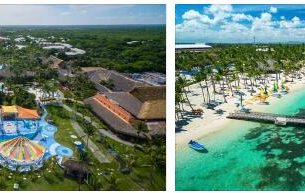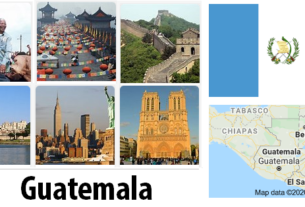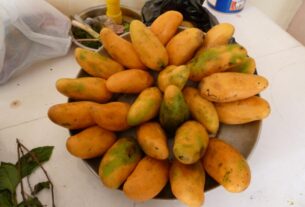Geologically, Nicaragua consists of tertiary sediments and lavas, with older granite masses in the north and northeast. In the southwest, the wide Nicaraguan depression extends throughout the country. Here are the great lakes Lago de Nicaragua and Lago de Managua (32 and 47 meters) in a smooth plain, separated from the Pacific by an oak with a number of active volcanoes and frequent earthquakes. This activity is because Nicaragua is on the dividing line between two continental plates (Caribbean plate and Cocos plate). See plate tectonics. Within the lowering, the central mountain ranges reach in 1963 meters, but then fall in plateaus down towards the large plains country in the east, which is characterized by swampsand coastal lagoons (Mosquito Coast). Here are the outlets to Central America’s largest rivers: Río Coco (border river with Honduras), Río San Juan (border river with Costa Rica), Río Grande de Matagalpa and Río Prinzapolka. The rivers Río Tuma / Río Grande and Río Siquia / Escondido drain the central parts of the country and flow from west to east.
Climate
Nicaragua has mostly tropical rainfall with precipitation maximum July – September, but no pronounced dry season. Precipitation varies greatly, from over 4000 mm near the coast to below 1500 mm over the lowlands in the west. The annual temperature is consistently 26-29 °C with little difference between the warmest and coldest months.
Plant and wildlife in Nicaragua
The eastern part of Nicaragua is covered by tropical rainforests and swamp forests. The forest contains many economically important species and covers approx. 50% of the land area. The lowland in the west has savanna with forest along the rivers.
The country has a rich and varied wildlife. The warm, moist rainforest meets the living conditions of numerous frogs, snakes, lizards (iguanas, basilas) and countless insects and spider animals. In total, more than 60 amphibian and 180 reptile species occur. The mammalian fauna comprises about 200 species. Of larger mammals are tapir, deer, umbilical (pekari), cougar and jaguar. Monkeys, half-bears (raccoons, rhinos, snoals), sloths, harvesters, antlers and many rodents are common. The bird fauna includes more than 675 species, including numerous hummingbirds, woodpeckers, tyrants, fences, and parrots. Pigeons, parakeets and colorful toucans are also common. In rivers, lakes and lagoons there are caimans, turtles, many waterfowl and a large number of fish species. In Lago de Nicaragua, representatives of marine fish families live, among others.




